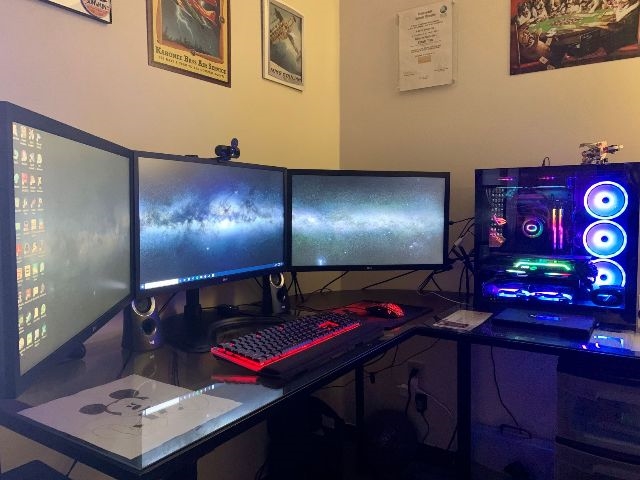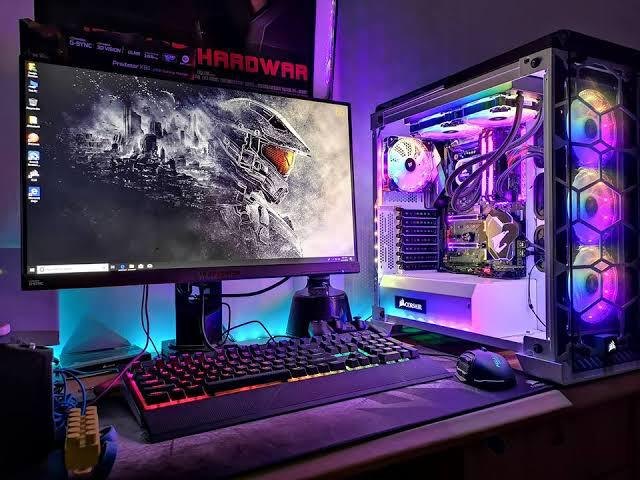Gaming consoles have come a long way since their inception. From the simple pleasures of Pong to the cutting-edge technology of the PlayStation, the world of gaming has seen a remarkable evolution. In this article, we will take a fascinating journey through the history of gaming consoles, exploring their evolution, innovations, and impact on the gaming industry.
The Birth of Gaming Consoles
The story of gaming consoles begins with the release of the Magnavox Odyssey in 1972. This groundbreaking device, designed by Ralph Baer, allowed players to interact with a simple tennis game on their television screens. It was a modest start, but it laid the foundation for what would become a global phenomenon.
The Golden Age of Arcade Games
In the late ’70s and early ’80s, gaming took a new turn with the emergence of arcade games. Titles like Pac-Man, Donkey Kong, and Space Invaders became iconic. These games, although not console-based, played a vital role in shaping the gaming culture. People would flock to arcades to test their skills and compete with friends.
The Rise of Home Gaming
As technology continued to advance, so did the gaming industry. In 1977, Atari released the Atari 2600, bringing video gaming into the homes of millions. The introduction of joysticks and interchangeable game cartridges made the Atari 2600 a household name. This marked the beginning of home gaming, and it became a cultural phenomenon.
The Crash and Resurgence
Despite the initial success, the gaming industry faced a severe setback in the early ’80s. The market became oversaturated with low-quality games, leading to what is known as the video game crash of 1983. Many companies went bankrupt, and consumer interest waned.
However, the industry made a triumphant return with the release of the Nintendo Entertainment System (NES) in 1985. This iconic console featured classics like Super Mario Bros. and The Legend of Zelda, reviving the gaming market and establishing Nintendo as a major player in the industry.
The Sega-Nintendo Rivalry
The late ’80s and early ’90s were marked by fierce competition between Sega and Nintendo. Sega’s Genesis and Nintendo’s Super Nintendo Entertainment System (SNES) were at the forefront of this battle. Sonic the Hedgehog and Super Mario World became the mascots for their respective consoles. This rivalry led to a series of technological innovations and some of the most memorable games in history.
The PlayStation Revolution
Sony entered the console market in 1994 with the PlayStation. This marked a significant shift, as it was the first gaming console to use compact discs instead of cartridges. The PlayStation’s extensive game library and powerful hardware made it a massive success. Titles like Final Fantasy VII and Metal Gear Solid set new standards for storytelling in video games.
The Xbox Era
In 2001, Microsoft introduced the Xbox, further expanding the gaming console landscape. With its online gaming service, Xbox Live, Microsoft revolutionized online multiplayer gaming. Titles like Halo and Gears of War attracted a loyal fan base. The Xbox’s continuous innovation and strong game library cemented its position in the industry.

The Modern Gaming Landscape
Today, gaming consoles are more powerful and versatile than ever. Sony’s PlayStation series continues to dominate the market, with the PlayStation 5 setting new benchmarks in terms of performance and graphics. Microsoft’s Xbox Series X/S competes fiercely, while Nintendo’s Switch offers a unique blend of handheld and home gaming.
The Impact of Gaming Consoles
Gaming consoles have not only transformed how we play but also how we interact with technology. They have influenced other forms of entertainment, from mobile gaming to streaming platforms like Twitch. Gaming has become a global phenomenon, with esports tournaments drawing massive audiences.
The Future of Gaming Consoles
As technology continues to advance, the future of gaming consoles looks promising. Virtual reality and augmented reality are poised to change the way we experience games. Console manufacturers are exploring new ways to enhance the gaming experience, such as cloud gaming and artificial intelligence.
In conclusion, the evolution of gaming consoles from the humble beginnings of Pong to the advanced world of the PlayStation has been a remarkable journey. These devices have not only provided endless entertainment but have also pushed the boundaries of technology and innovation. The gaming industry has come a long way, and it continues to evolve, offering exciting possibilities for gamers worldwide. Please take a moment to visit Mantiden to learn more about online gaming.



